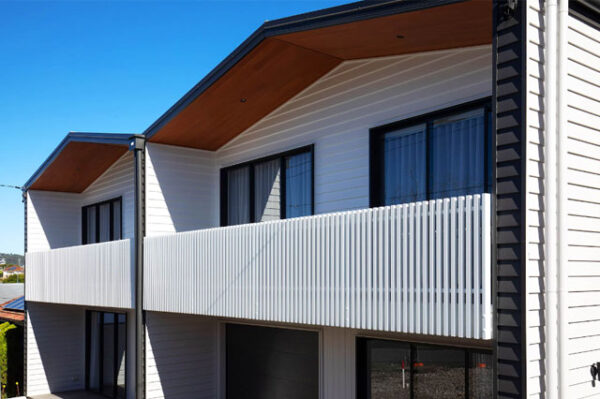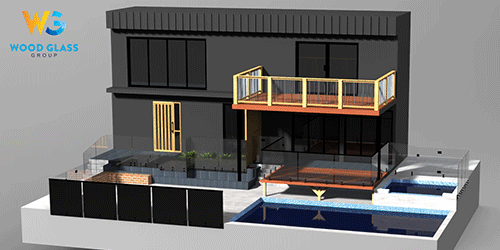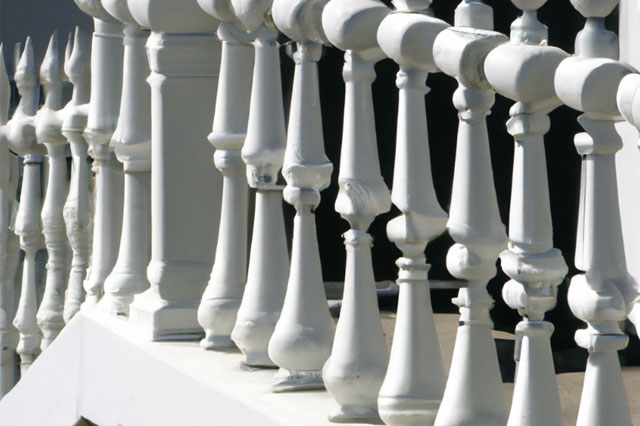
Maintenance of Traditional Balustrades
Maintenance of traditional barriers is essential for preserving the beauty and strength of these fixtures. With proper care, traditional balustrades can provide homeowners with a beautiful element for many years. This blog post will explore the importance of regular maintenance on traditional balustrades, addressing common concerns such as corrosion prevention and general cleaning techniques. Additionally, steps to repair any damage that may have been incurred throughout the life span of your baluster will be discussed in detail. Hence, you have all the necessary information to maintain a clean and modern look of your traditional balcony or staircase guardrail system.
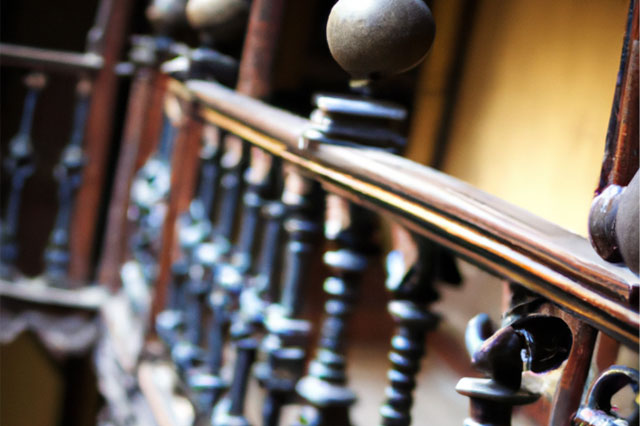
What are Traditional Balustrades?
Traditional balustrades imbue a classic and timeless aesthetic, popular throughout architectural history. These ornamental railings are constructed from timber, wrought iron, stainless steel and antique or synthetic stone. Traditional balustrades provide secure architectural barriers and are often used to divide rooms or terraces or line staircases, balconies and decks. Typically they come in various designs, such as curves, squares or on diagonal lines and can also be used for interior and exterior purposes. Besides their appealing appearance, traditional balustrades are incredibly durable and resilient against corrosion, making them a great long-term solution for all your architectural needs.
Importance of Traditional Balustrades
Traditional balustrades have immense cultural, aesthetic, and functional value for residential and commercial buildings and households. They bring charm to any building. From an operating point of view, balustrades act as safety barriers that protect people from falling when using stairs or balconies. When used in high-end homes, balustrades add a sense of high class and style. However, they are also suitable for smaller dwellings, giving them a feeling of elegance and class. Due to their versatility, traditional balustrades can be installed anywhere in the home, such as by the pool or garden. Ultimately, we should all remember that traditional balustrades are more than just pieces of metal or wood; they symbolise creativity and architectural power with many benefits.
Maintenance of Traditional Balustrades
Maintenance of traditional balustrades is essential to preserve their structural integrity and aesthetic appeal. Here are some tips for maintaining traditional glass balustrades.:
Regular cleaning
Regularly clean the balustrade using a mild soap and water solution. Avoid harsh chemicals or abrasive cleaning agents, which can damage the surface.
Keeping a balustrade looking great is easy when you incorporate regular cleaning into your home maintenance routine! Start using a mild, gentle soap and water solution to thoroughly wipe away dirt, dust, and anything else accumulating on the balustrade surface. Avoid harsh chemicals or abrasive cleaners - they can have a detrimental effect on the long-term life of the balustrade and potentially even damage it, rendering it less attractive and unsafe. Regularly clean your balustrade by planning ahead with a set schedule - you'll be glad you did when your home looks excellent.
Inspection
Inspect the balustrade periodically to identify any signs of damage or wear. Look for cracks, loose connections, or other damage.
Periodic inspection of balustrades is important to ensure safety. Checking for cracks, loose connections, or other forms of wear and tear can prevent potentially severe incidents. As such, inspections must be conducted regularly and diligently to ensure any signs or damage are identified early on before they become a more significant problem. The earlier these are identified and addressed, the better the outcome.
Repair
If you notice any damage, repair it as soon as possible. Delaying repairs can lead to further injury and compromise the safety of the balustrade.
Ensuring the integrity of any balustrade is paramount to protecting the safety of those around it. Regular checks should be made to identify whether any repairs are required, which should be done immediately. Leaving repairs overdue or incomplete can increase the risk associated with having a damaged balustrade and, in most cases, worsen the condition of the balustrade further. Please make sure to leave your repairs to chance; complete them immediately.
Replacement of parts
If any parts or panels of the balustrade are damaged beyond repair, replace them with identical features to maintain their original look and style.
When restoring or repairing any balustrade, replacement of the damaged parts is necessary to prevent further damage and maintain the integrity of the fixture. It is essential to use identical features when replacing the original ones to retain the same look and style of your balustrade. Ensure all new parts follow local building codes and have been securely installed for optimal strength and aesthetic appeal. Safety must always be considered when making these critical decisions, so be sure to inspect your fence thoroughly before use following any repairs or replacements.
Painting and refinishing
Traditional balustrades are often painted or finished to protect the surface from weathering and rust and enhance its appearance. Repaint or refinish the balustrade as necessary to maintain its appearance and protect it from the elements.
To ensure traditional balustrades' long-lasting and aesthetically pleasing look, routinely maintain them with painting or refinishing. Doing so will help protect the surface from harmful environmental elements and bolster its appearance. Professionally refinishing or painting balustrades can help extend their lifespan while providing an elegant, clean glass fresh finish. This simple yet effective maintenance task helps preserve and protect the structure from all weather conditions, thus saving you time, energy, and money in the long run.
Protection from weathering
Protect the balustrade from harsh weather conditions by applying a protective coating or cover during extreme weather conditions.
Preservation of any structure is paramount to maintaining its functionality and aesthetic. To do this, it's important to protect balustrades from harsh weather, such as strong winds, extreme temperatures and heavy rains. One way to accomplish this is by applying a protective coating or cover to the balustrade during these weather conditions. This will provide a durable layer that preserves and protects the structure against external elements. Coatings come in various forms, including paints and waxes, so you can easily choose one according to your requirements. Moreover, using a cover for extra protection provides peace of mind that your balustrade will remain secure and intact for years.
Professional Restoration
Consider hiring a professional to restore the balustrade for more significant damage or wear. Professional restoration can involve repairing, refinishing, and repainting the whole steel balustrade to restore it to its original condition.
Professional restoration of balustrades is essential to maintain the antique article's original look and style. As it is a complex task requiring tremendous skill and knowledge, seeking help from an experienced professional will ensure it is done correctly and competently. Furthermore, professionals are more likely to use sophisticated tools and techniques than amateurs, improving the project outcome immensely. Professional restoration of balustrades restores the artifact to its former glory and ensures its structural integrity, making it safe for everyday use.
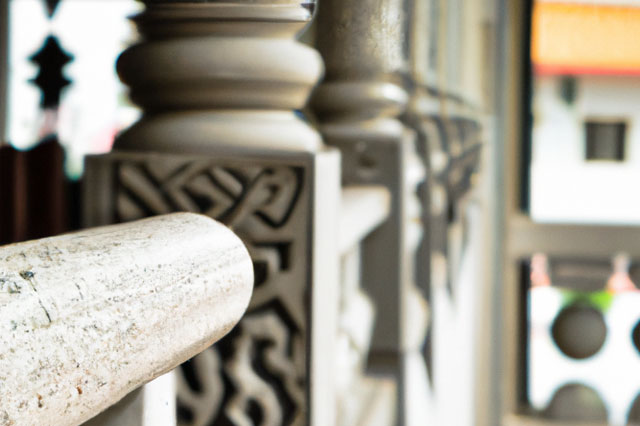
Conclusion
Maintenance of traditional balustrades is important to preserve their aesthetic appeal and structural integrity. Regular cleaning and inspection, timely repairs, replacement of damaged parts, protection from weathering, and professional restoration when necessary are all essential to keeping traditional balustrades in good condition. Following these maintenance tips ensures that your traditional balustrade remains beautiful and safe for many years. Proper maintenance of glass balustrade, not only enhances the aesthetic appeal of the railing but also ensures that it can continue to serve its practical purpose of providing safety and support.


